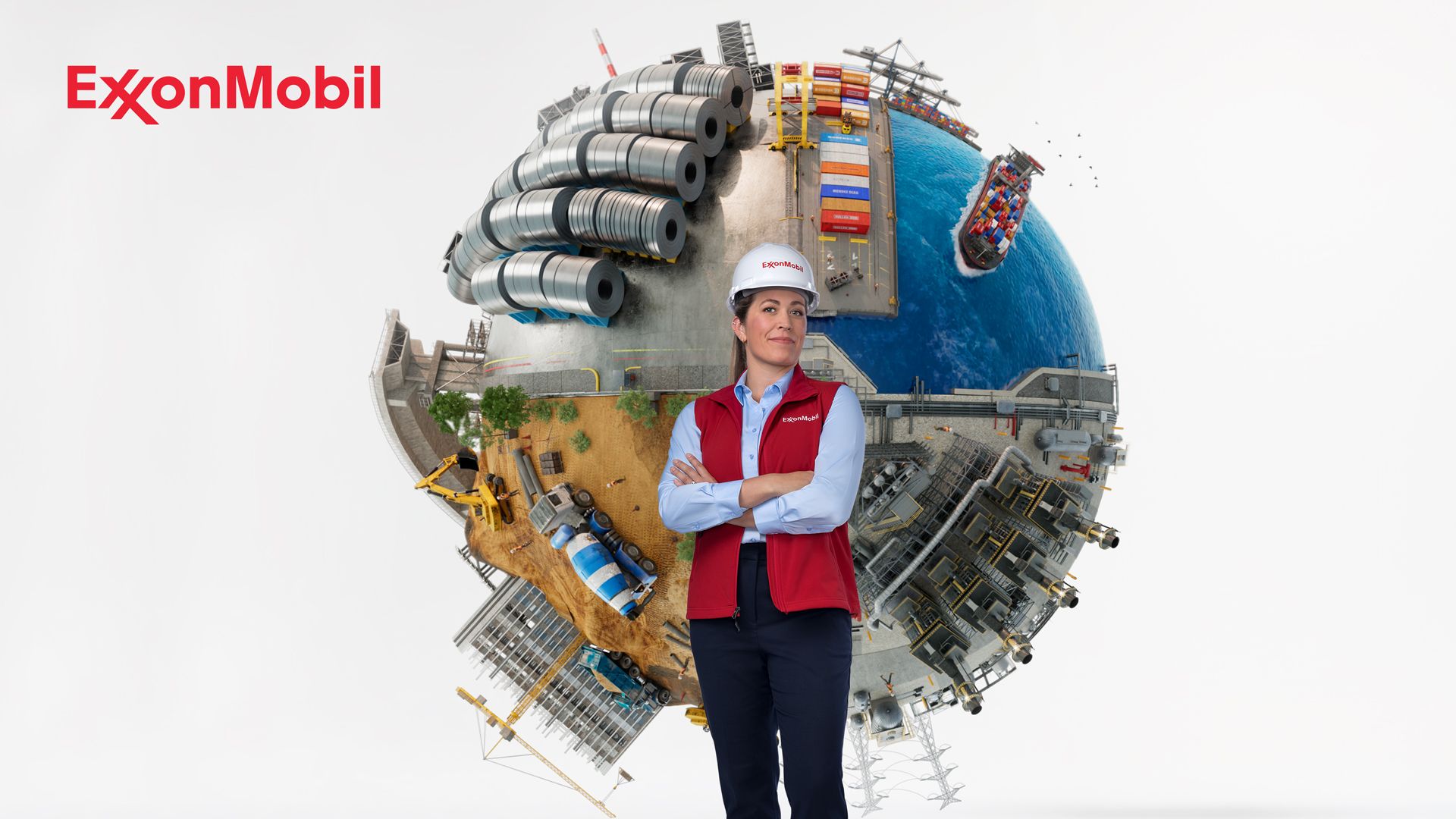👀 Historic steps ... big caveats | Wednesday, December 13, 2023
| |  Alerts Alerts | | | | | | | | Presented By ExxonMobil | | | | Axios AM Thought Bubble | | By Mike Allen · Dec 13, 2023 | | Axios climate expert Andrew Freedman, after two weeks in Dubai, is here with his snap analysis of today's historic UN climate summit agreement. Smart Brevity™ count: 344 words ... 1 min. Edited by Noah Bressner. Thanks to Chris Speckhard for the copy edit. | | | | | | 1 big thing: Historic steps ... big caveats |  | | | Illustration: Annelise Capossela/Axios | | | | DUBAI — It took 30 years of climate summits — and one with an oil company CEO as its head — to bring the first mention of moving away from fossil fuels into the agreement text, Axios' Andrew Freedman reports. Why it matters: The COP28 agreement adopted early this morning in Dubai was billed as "the beginning of the end" of the fossil-fuel era, as the top UN climate official put it. - But it'll require many more actions, including steps left vague in this deal, to truly bend the global emissions curve.
The historic agreement signals to governments, markets and activists that scaling up renewables — by tripling worldwide renewable energy capacity by 2030, while scaling down fossil fuels — is a priority of world leaders. - There's usually high drama at these summits. But this year's petro-state location — and COP28 head Sultan Ahmed al-Jaber's oil industry job — amplified the intrigue.
🔎 The fine print: Critics point to the weakness of the agreement's verbs ("calls for" isn't as strong as "directs") and lack of hard emissions targets. - Vulnerable nations had sought an agreement that would ensure their survival, which studies show depends on limiting global average warming to 1.5°C above pre-industrial levels.
🕶️ What to watch: Given the amount of warming that's already occurred and the speed of climate change, this agreement does little to alter the high likelihood that the 1.5° guardrail will be busted in the next decade or two. The bottom line: This agreement marks a big step forward toward a world with lower greenhouse gas emissions. But it doesn't match what science says is needed to avert more devastating climate impacts — namely to cut global emissions by 43% relative to 2019 levels by 2030. |     | | | | | | A message from ExxonMobil | | Let's deliver hydrogen for American industry | | |  | | | | ExxonMobil is working on solutions to reduce carbon emissions in its own operations — like clean energy from hydrogen — that could also help industries like manufacturing, commercial transportation and power generation. Learn more. | | |  | Your essential communications — to staff, clients and other stakeholders — can have the same style. Axios HQ, a powerful platform, will help you do it. | | | | | | Axios thanks our partners for supporting our newsletters.
Sponsorship has no influence on editorial content. Axios, 3100 Clarendon Blvd, Arlington VA 22201 | | | You received this email because you signed up for newsletters from Axios.
To stop receiving this newsletter, unsubscribe or manage your email preferences. | | | Was this email forwarded to you?
Sign up now to get Axios in your inbox. | | | | Follow Axios on social media:    | | | | | |





No comments:
Post a Comment